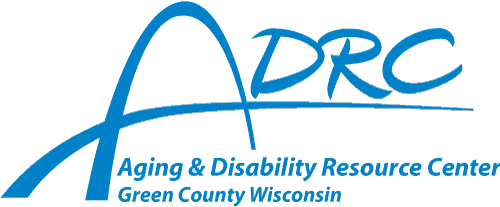What is Assisted Living?
“Assisted Living” is a term that encompasses three types of facilities licensed, certified or registered by the Department of Health Services. All assisted living facilities combine housing with services to help people remain as independent as possible. A brief definition of each facility type follows:
Community Based Residential Facility or CBRF
A CBRF is a place where:
- five or more adults live, who are not related to the operator or administrator,
- do not require care above intermediate level nursing care
- reside and receive care, treatment, or services above the level of room and board, but that[
- provides not more than three hours of nursing care per week per resident.
There are three sizes of CBRFs based upon the number of residents; small (5-8), medium (9-20), and large (21 or more). They also differ by class, which is determined by the resident’s ability to move about (ambulation), to follow directions (mental capacity), and to act for self-preservation under emergency conditions.
Adult Family Home or AFH
An AFH is a place where:
- three or four adults, not related to the licensee,
- reside and receive care, treatment, or services above the level of room and board, but that
- provides not more than seven hours of nursing care per week per resident.
- AFHs are characterized in two ways: (1) those AFHs where the owner/licensee lives on the premises and provides resident care; and (2) AFHs that are owned by an entity that provides shift staff.
Residential Care Apartment Complex or RCAC
A RCAC is a place where:
- five or more adults reside in independent apartments, each of which has an individual lockable entrance and exit, a kitchen which includes a stove, and individual bathroom, sleeping, and living areas, but that[
- provides not more than 28 hours of supportive, personal, and nursing services per week per resident.
RCACs must be either registered or certified. Registered RCACs serve only private pay tenants, while certified RCACs may serve tenants who are eligible for public funding.
Common Questions regarding assisted living facilities:
The need for some type of lifestyle change is usually first indicated when a person has difficulty in one or more of the following areas:
- Self-care
- Diminishing health, physical, or mental abilities,
- Lack of community support services, or
- Family not available to provide care or supervision.
What Groups of People are Served By Assisted Living Facilities?
It is suggested that an assisted living facility provide services to a specialized group of people in order to meet their unique needs. The people served by assisted living facilities include, but are not limited to, the following:
- The frail elderly and elderly persons with dementia,
- Developmentally disabled,
- Persons with a controlled mental or emotional disorder,
- Persons recovering from chemical dependency,
- Persons with physical disabilities,
- Persons with traumatic brain injury,
- Persons with AIDS, and/or
- Pregnant women needing counseling.
How Do Residents Pay for Their Care and Services?
Medicare does not cover services in an assisted living facility. Payments may come from a variety of sources, including, but not limited to, the following:
- Personal resources including savings accounts, pensions, insurance, veterans care benefits, or Social Security and related benefits such as SSI and SSI-E.
- State and federal funding for home and community based long term care may be available for eligible participants through state programs, such as Family Care.
- Funding for these programs is limited, and not all facilities are eligible.
Assisted living facilities will want to know how you will pay for your care. They will ask you to sign an admission agreement specifying the payment arrangement.
What Services Can You Expect from an Assisted Living Facility?
Assisted living facilities are required to provide or arrange these five basic services to all residents, if needed:
- Health monitoring,
- Assistance with medications,
- and referral services,
- Leisure time services, and
- Personal care services such as help with dressing, eating, bathing, grooming, toileting, and mobility.
Additional services may be provided in an assisted living facility to assist residents with their personal needs and goals, such as transitioning to more independent living, counseling, transportation, money management, etc. Services may vary significantly. It is important to evaluate the facility, not only based upon current needs, but also future needs.
